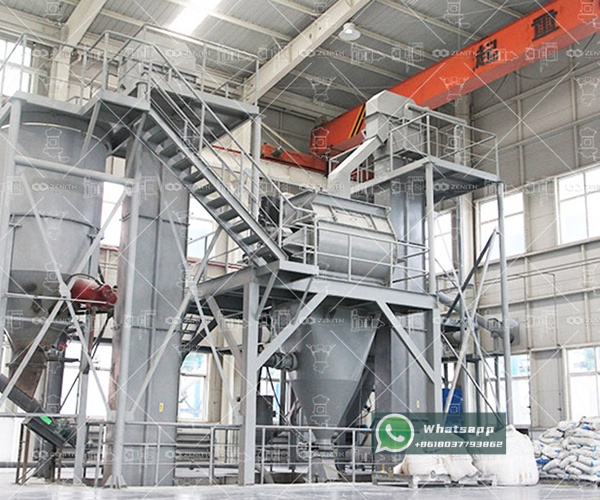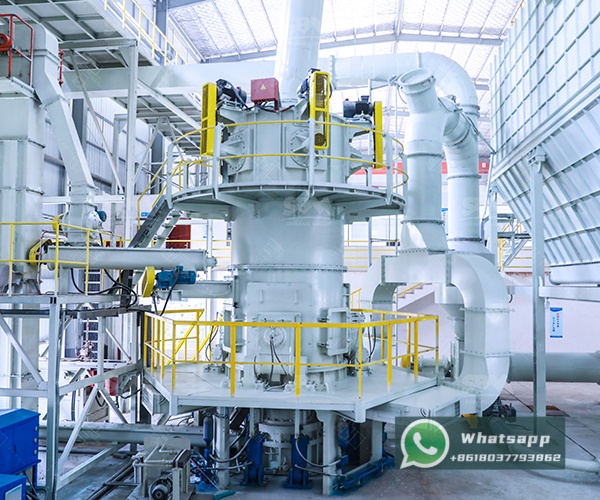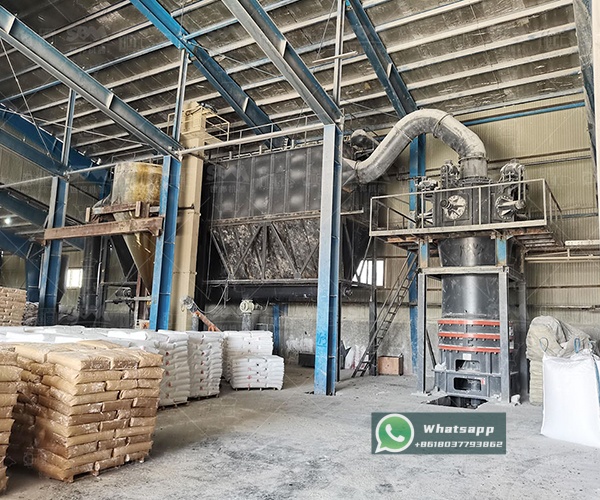The adhesives and sealants industry is a cornerstone of modern manufacturing, underpinning sectors from construction and automotive to electronics and consumer goods. At the heart of high-performance formulations lies a critical ingredient: ultrafine calcite. This naturally occurring calcium carbonate mineral, when ground to precise micron and sub-micron levels, transforms from a simple filler into a functional additive that enhances key properties like viscosity, sag resistance, tensile strength, and weather resistance. The quest for superior product performance has made the choice of grinding technology not just an operational decision, but a strategic one. This article explores the pivotal role of ultrafine calcite and introduces the advanced milling solutions from Shanghai Zenith Machinery Co., Ltd. that are engineered to meet the exacting demands of this dynamic industry.
Calcite’s popularity in adhesives and sealants is no accident. Its inherent properties offer a multitude of benefits that formulators leverage to create superior products. As a functional filler, ultrafine calcite improves the mechanical properties of the final product. It acts as a reinforcement agent, increasing tensile strength, modulus, and tear resistance. This is particularly crucial in structural adhesives and high-performance sealants that must withstand significant stress and movement.
Beyond reinforcement, calcite plays a vital role in rheology modification. The particle size distribution and surface area of the ground powder directly influence the viscosity and flow characteristics of the mixture. A carefully controlled ultrafine grind allows for precise adjustment of the product’s slump resistance (preventing sagging in vertical applications) while maintaining excellent spreadability and tooling properties. Furthermore, its bright white color contributes to the visual appeal of light-colored sealants, and its low oil absorption value allows for higher loading levels without adversely affecting the binder system, leading to more cost-effective formulations.

Producing calcite powder that meets the stringent requirements of the adhesives industry is a complex engineering challenge. The process is not merely about reducing particle size; it is about achieving a consistent, predictable, and controllable output. The primary hurdles include:
Overcoming these challenges requires a grinding system that is not just powerful, but intelligent, efficient, and designed with precision in mind.
Shanghai Zenith Machinery Co., Ltd. has established itself as an excellent manufacturer of ore grinding equipment in China, with profound expertise and great achievements in the field of ultra-fine powder grinding. Specializing in the research, development, and production of industrial powder grinding equipment, Zenith offers a comprehensive portfolio of mills designed to tackle a vast array of materials and fineness requirements. Their dedication to innovation and quality ensures that industries like adhesives and sealants have access to reliable, high-performance milling solutions.
For producers targeting the high-end adhesives and sealants market, where fineness requirements often range from 325 to 2500 mesh (45 to 5 microns), Zenith’s XZM Ultrafine Grinding Mill presents an ideal solution. This mill is specifically engineered for superfine powder production, combining grinding, classification, and conveyance in a single, integrated unit.
The XZM Mill operates on the principle of material bed grinding, where multiple rings and rollers work in harmony to pulverize the calcite feedstock. This method is highly efficient and generates less heat compared to impact-based systems. An integral high-precision classifier ensures that only particles meeting the target size exit the grinding chamber, while oversize material is recirculated for further processing. This results in an exceptionally narrow and consistent particle size distribution—exactly what formulators need for predictable product performance.

Key advantages of the XZM Mill for calcite processing include:
The technical parameters for two models suitable for large-scale production are detailed below:
| Model | Working Diameter (mm) | Max Feed Size (mm) | Final Size (mesh) | Output (kg/h) | Main Motor Power (kW) |
|---|---|---|---|---|---|
| XZM221 | Φ800 | ≤20 | 325-2500 | 500-4500 | 75 |
| XZM268 | Φ1680 | ≤20 | 325-2500 | 5000-25000 | 315 |
For operations requiring even higher capacity or integration with drying processes, Zenith’s LUM Ultrafine Vertical Mill is another exemplary choice. This mill excels in producing products with a high content of end-fines and is renowned for its intelligent control systems and low operational costs. Its vertical structure occupies a smaller footprint, making it suitable for space-constrained plants.

The transition from ordinary to high-performance adhesives and sealants is heavily dependent on the quality and consistency of ultrafine calcite. Investing in the right grinding technology is, therefore, an investment in product superiority and market competitiveness. Shanghai Zenith Machinery Co., Ltd., with its deep technical expertise and robust product line-up, provides reliable and efficient solutions tailored to the rigorous demands of this industry. The XZM Ultrafine Grinding Mill, in particular, stands out as a technologically advanced and economically viable system for producing the precise, high-quality calcite powder that formulators trust to enhance their next-generation products.